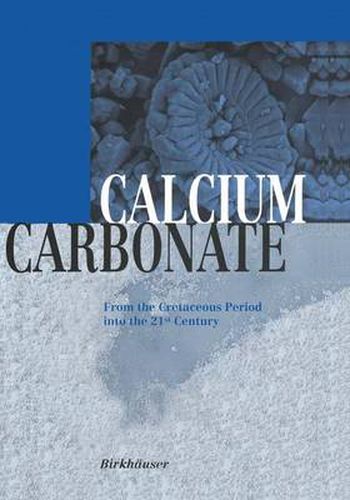Readings Newsletter
Become a Readings Member to make your shopping experience even easier.
Sign in or sign up for free!
You’re not far away from qualifying for FREE standard shipping within Australia
You’ve qualified for FREE standard shipping within Australia
The cart is loading…






What do chalk, limestone and marble have in common? They are all composed of calcium carbonate with the chemical formula CaCO3. The diversity of uses of this mineral are just as multifarious as the diversity of its compounds encountered in nature. +Calcium Carbonate - From the Cretaceous Period into the 21st Century+ ((kursiv)) presents all the facets of this white mineral, thereby uniting the entire world of calcium carbonate within its covers - its geology, art history, extraction and processing and, self-evidently, its uses in modern industry. The most important limestone deposits, the role of marble in antiquity, and the characteristics of calcium carbonate as a pigment and filter for paper, plastics and paints, are all presented in a concise, readily understandable form. This makes the book an invaluable companion in the day-to-day work of the specialist in industry and research, and it gives interested layman acces to the complex interdependencies of this fascinating mineral.
$9.00 standard shipping within Australia
FREE standard shipping within Australia for orders over $100.00
Express & International shipping calculated at checkout
What do chalk, limestone and marble have in common? They are all composed of calcium carbonate with the chemical formula CaCO3. The diversity of uses of this mineral are just as multifarious as the diversity of its compounds encountered in nature. +Calcium Carbonate - From the Cretaceous Period into the 21st Century+ ((kursiv)) presents all the facets of this white mineral, thereby uniting the entire world of calcium carbonate within its covers - its geology, art history, extraction and processing and, self-evidently, its uses in modern industry. The most important limestone deposits, the role of marble in antiquity, and the characteristics of calcium carbonate as a pigment and filter for paper, plastics and paints, are all presented in a concise, readily understandable form. This makes the book an invaluable companion in the day-to-day work of the specialist in industry and research, and it gives interested layman acces to the complex interdependencies of this fascinating mineral.